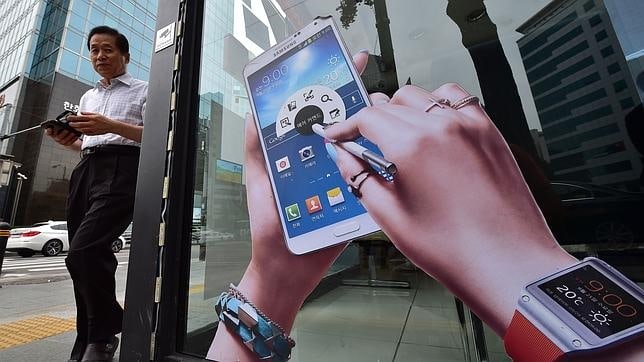
The rapid development of technology has revolutionized our lifestyle at all levels, but perhaps these changes have been much more radical when it comes to purchasing and consumption habits. In this field, innovation and new technological proposals will continue to grow in the coming years. In view of the current developments, everything suggests that in five years’ time, we will dramatically change the concept of shopping we have today.
Against the odds, and although many predicted the death of retailing due to the rise of e-commerce, all developments and technologies that have emerged and which will see in the coming years, are aimed at combining the advantages of proximity trade with the flexibility of an online store.
Have you ever wondered what going shopping will be like in 2020?
For example, fitting rooms will replace curtains with digital screens that will allow customers to “try on” clothes using sensors that project on the screen the image of the item as it would look on the person. The company Magic Mirror is already developing this technology.
The shelves will host loads of smart tags that, through sensors, will recommend you products based on what you already have in your shopping cart or inform you about the special features of the items.
And these are not the only developments. Contactless payments using NFC (Near Field Communication) are already a reality with which companies like Auchan and Leroy Merlin have begun experimenting. Among other things, they allow facial recognition technology to analyse our mood when we go shopping or our reactions towards certain brands or others.
But in the countdown to 2020 and considering the emergence of all that we have mentioned above, the current pace of life compels us to optimize our time to the most and to bring the shops closer to where the customers are, rather than having them to travel to the store. We will analyse an alternative that allows to do this.
The British company Tesco has turned the walls of different metro stations and bus stops in Seoul into a great showcase where they exhibit their products and that enables users to shop through their Smartphone while waiting for the subway. Passengers use this service to purchase goods virtually, which are then delivered to their own homes.
The walls of the stations are only different from a common display window in that the products, instead of appearing physically, are shown through photographs and each includes a QR code. To buy any item, underground users only need to scan the QR codes that correspond to the items they want to acquire. The amount is automatically charged to the bank account that the user chooses and he later receives the shopping at home or at the address he indicates to the system when making the purchase. Later means that if users make a purchase before one in the afternoon, they will receive it the same day, therefore, they are likely to arrive home and have it already there or that the order is about to arrive.
The advantages of this initiative have a direct and positive impact on buyers, as in the case of metro passengers who can use their waiting time to do the shopping on their mobile phone. We are therefore facing a new shopping experience that combines retail shopping and e-commerce, while increasing the service we give to our clients.
This initiative launched in Korea is just one example of how important it is, both for buyers and for sellers, to have a shop virtually anywhere. The aim is to create a shopping experience where we can merge the best of both worlds, that is, the trust we have on the local store and the efficiency of e-commerce.
We are bound to see experiences like this in many other countries really soon.
The video linked below shows how this purchase system works.


